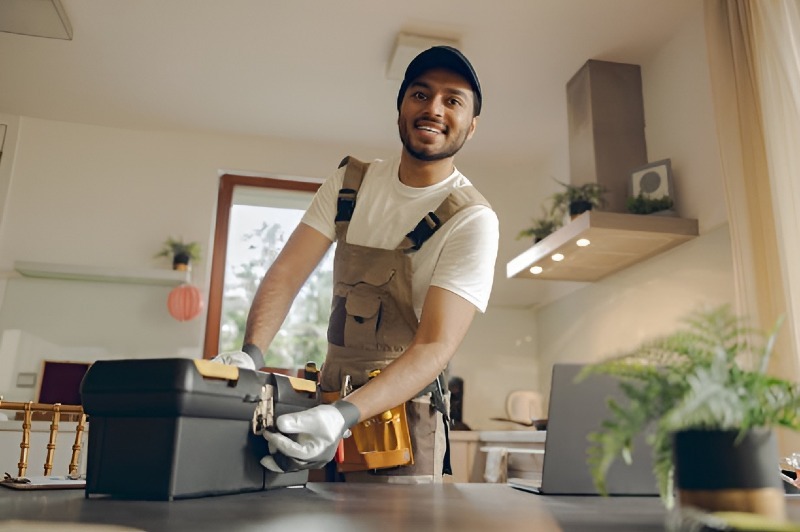1/23/2025 5:21 PM
 Dealing with problems related to your thermostat can be exasperating, particularly when it affects the comfort or efficiency within your home. Whether it's displaying error codes or not functioning properly, knowing how to diagnose and possibly carry out a thermostat repair can be an advantageous skill to possess.
Dealing with problems related to your thermostat can be exasperating, particularly when it affects the comfort or efficiency within your home. Whether it's displaying error codes or not functioning properly, knowing how to diagnose and possibly carry out a thermostat repair can be an advantageous skill to possess.
To begin with, let’s address the error codes, a frequent problem encountered by numerous homeowners. If your thermostat shows an error code, it's important to consult the user manual that corresponds to your model. Frequent error signals usually indicate problems with connectivity or power outages. For example, if the thermostat suddenly turns off, verify your home's power supply and circuit breakers to confirm there is no disruption. Next, inspect the thermostat's battery if it has one. Numerous digital thermostats need frequent battery replacements and may experience issues or reset when there is no power. Change the batteries and check if the thermostat returns to normal operation. This straightforward action frequently fixes numerous malfunction cases without requiring complete thermostat repair.
Yet, at times, problems might be associated with the thermostat's location. As thermostats need to effectively measure the surrounding temperature, ensure they are not positioned near heat-producing devices or in direct sunlight, as this may alter their readings. Changing the thermostat's placement could help avoid incorrect readings, thus resolving temperature discrepancies in your house. If your electronic thermostat shows an inaccurate temperature, manual adjustment may be required. Many thermostats have a calibration option in the settings menu, enabling you to modify the temperature display either higher or lower. Refer to your user manual for detailed guidance on executing this task. For additional technical assistance, you might want to inspect the links between your thermostat and your HVAC system. Poor connections or defective wiring can result in communication problems, causing the thermostat to not detect changes. Inspecting the wiring must be approached with care, as fixing loose connections frequently helps to address more persistent problems.
Ultimately, when performing thermostat repair, always take into account the complexities that are present. Although some fixes can be done using DIY approaches, others might require professional assistance. If your attempts to troubleshoot are unsuccessful, it may be prudent to seek professional assistance to avoid causing additional harm to the system. Regular maintenance and prompt troubleshooting can help reduce long-term problems with your thermostat. Be cautious about exceeding your thermostat’s designed limits to maintain its efficient operation. Keep in mind that a properly functioning thermostat not only ensures comfort at home but also aids in conserving energy.
Termostat Repair